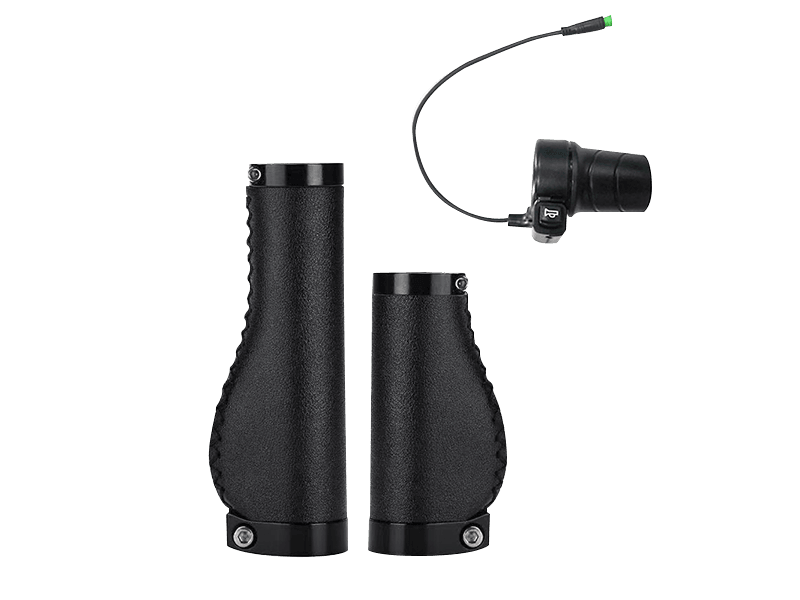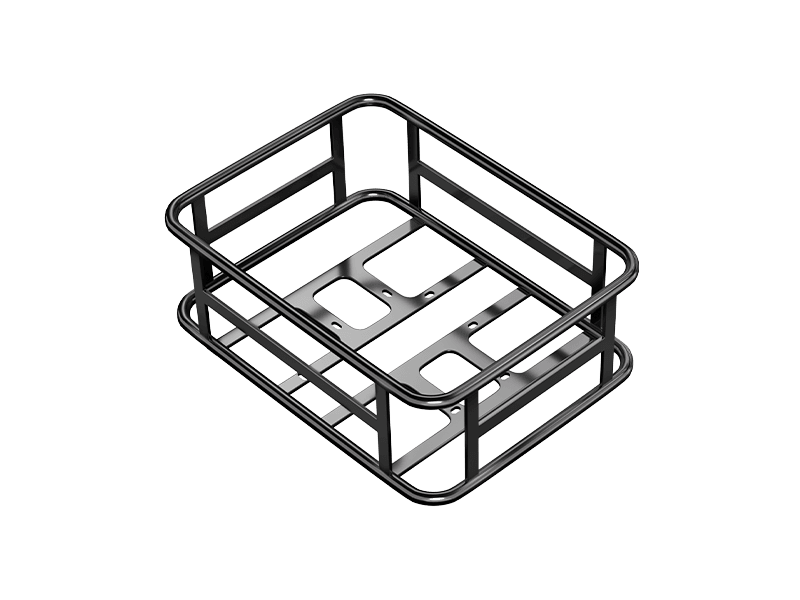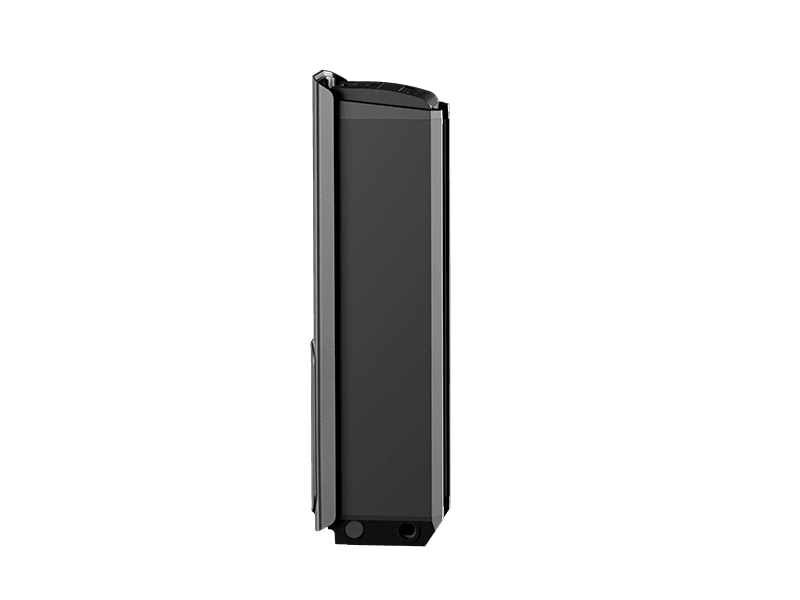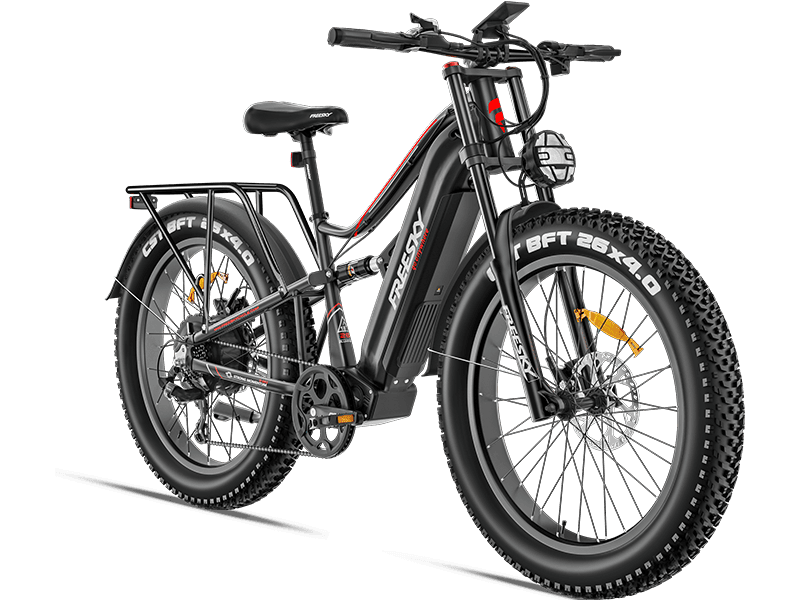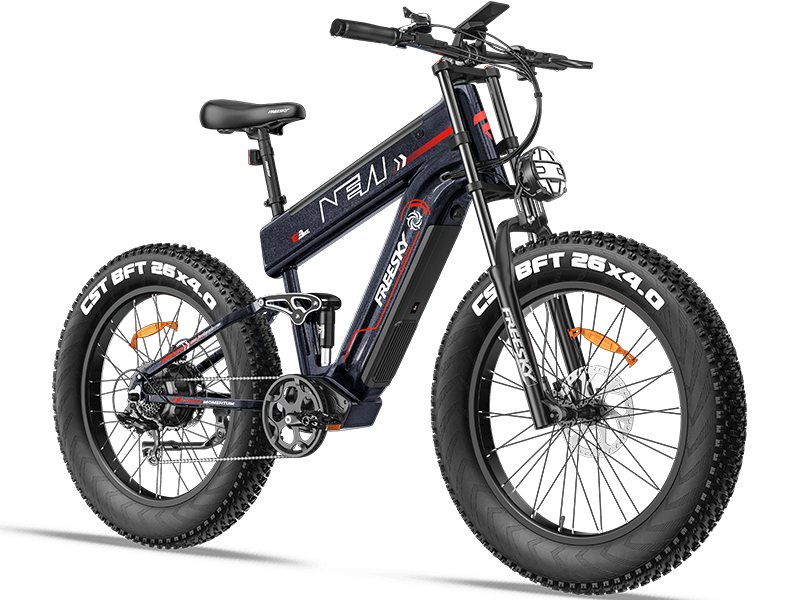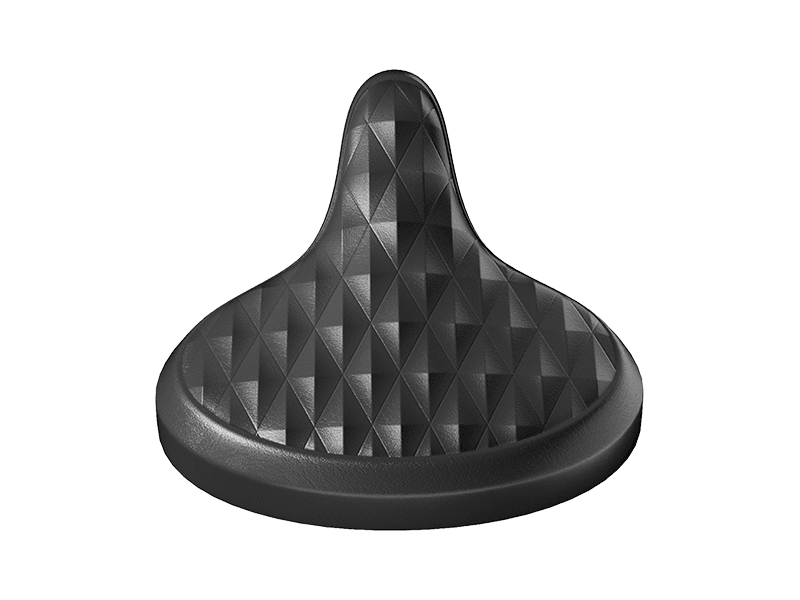How Fast Can Electric Bikes Really Go? Freeskycycle Speed Guide
NOV 03, 2025
Electric bikes are rapidly becoming a preferred choice for commuting, outdoor riding, and adventure sports. Depending on the design and motor configuration, their speeds can vary widely. In most regions, street-legal e-bikes operate at 20–28 mph (32–45 km/h).
But high-performance models—especially those built for off-road—can go significantly faster.
Freeskycycle offers a full lineup of e-bikes designed for commuting, long-distance touring, and demanding off-road terrain. Understanding speed classes and performance factors helps you choose the right model for your needs.
Key Takeaways
- Standard e-bikes typically ride at 20–28 mph; high-performance off-road models can exceed this range.
- Choose the correct bike class (Class 1, 2, or 3) based on local regulations and your riding habits.
- Motor output, battery capacity, terrain conditions, and rider weight all affect real-world speed.
- Always wear a helmet and follow local rules when riding at higher speeds.
- Road conditions and weather directly influence both speed and range.
Electric Bike Classifications
Understanding e-bike classifications helps you select the right model. Although regulations vary, the three most common categories are:
Class 1 — Pedal Assist (Top Speed: 20 mph)
Pedal-assist only. The motor cuts off at 20 mph.
Ideal for city roads and daily commuting.
Recommended Model: Freesky Nova SHOP NOW
- 48V 30Ah Samsung battery
- Bafang motor with torque sensor
- Smooth and efficient for urban and suburban rides
Class 2 — Throttle + Pedal Assist (Top Speed: 20 mph)
Can be operated via throttle without pedaling.
Ideal for casual riding and light off-road use.
Recommended Models: Freesky Ranger / Rocky Pro
- Ranger: 200Nm high-torque motor SHOP NOW
- Strong adaptability on multiple terrains
- Suitable for light off-road, gravel paths, and rural roads
Class 3 — Pedal Assist (Top Speed: 28 mph)
Faster option designed for long-distance or high-efficiency commuting.
Recommended Models: Freesky Warrior Pro / Alaska Pro
- Warrior Pro: Dual-motor system, 240Nm torque, excellent climbing power SHOP NOW
- Alaska Pro: Dual-battery long-range system
- Ideal for riders who need more speed and power
⚠️ Note: Some regions restrict Class 3 bikes from shared paths. Always follow local regulations.
Off-Road & High-Performance E-Bikes
Off-road and high-performance e-bikes are built for riders seeking stronger power output.
Freesky offers significant advantages in this category.
Key Performance Features
| Motor Type | Characteristics |
|---|---|
| Dual Motors | Strong climbing ability, stable torque output |
| Mid-Drive / High-Torque Motors | Ideal for steep climbs and technical off-road routes |
| High-Capacity Batteries | Faster acceleration and extended range |
Freesky Warrior Pro and Alaska Pro deliver powerful off-road performance, maintaining high output during steep climbs, on mountain trails, and over rocky terrain.
Note: High-performance off-road bikes may not qualify as “street-legal vehicles” in certain regions. Use them only where allowed.
What Affects E-Bike Speed?
1. Motor Power
Higher power delivers stronger acceleration.
- 250W: Basic city riding
- 500–750W: Strong acceleration and mid-to-high-speed commuting
- High torque (200–240Nm): Freesky Warrior Pro and similar models excel on steep climbs
2. Battery Capacity
Impacts range and maintains stability at high speeds.
- Larger batteries reduce voltage drop under heavy load
- Alaska Pro’s dual-battery design supports long-distance travel
3. Rider Weight & Cargo
More weight reduces acceleration and top speed.
Reinforced frames like the Warrior Pro maintain stability under heavy load.
4. Terrain
- Smooth pavement → higher speed
- Gravel, mud, or uneven surfaces → slower
- Uphill → higher power demand and reduced speed
5. Weather
- Headwinds significantly reduce speed
- High/low temperatures affect battery performance
- Reduce speed on wet or slippery surfaces
High-Performance E-Bikes Explained
High-performance e-bikes are designed for off-road, long climbs, and high-power riding—different from street-regulated models.
Main Advantages
| Feature | Benefit |
|---|---|
| Motor Strength | Strong acceleration and fast response |
| Battery Capacity | Longer range, stable output |
| Frame & Suspension | Better shock absorption and terrain adaptation |
| Speed | Significantly higher than standard street-legal bikes |
Who Should Choose High-Performance Models?
- Frequent off-road riders
- Riders needing strong climbing power
- Heavy-load or mountain-terrain commuters
- Long-distance cycling enthusiasts
Freesky Warrior Pro and Alaska Pro are especially well-suited for high-demand users.
Legal and Safety Considerations
Speed Regulations
Different regions have strict speed limits for electric bikes.
Confirm your local requirements for Class 1, 2, and 3 bikes.
Why Avoid Exceeding Speed Limits?
- Braking distance increases dramatically at high speeds
- Harder for new riders to handle sudden situations
- Violations may result in fines or bike confiscation
Essential Safety Gear
- Helmet (required)
- Reflective clothing and night-time lighting
- Gloves, knee/elbow protection
- Regular checks on brakes, tires, and battery health
Safe Riding Tips
- Plan ahead for weather and terrain
- Reduce speed on wet or slippery roads
- Maintain steady control on mountain or off-road trails
- Do not ride high-speed models on restricted paths
Conclusion
E-bike speed is determined by motor strength, torque, terrain, and local regulations.
Freeskycycle offers a full range of models—from commuter bikes to high-performance off-road options:
- Nova — Comfortable commuter
- Ranger / Rocky Pro — Multi-terrain performance
- Warrior Pro — Dual-motor climbing power (240Nm)
- Alaska Pro — Long-range, high-power dual-battery system
Choose the model that fits your riding needs, and follow local regulations to enjoy a safer and more efficient riding experience.


